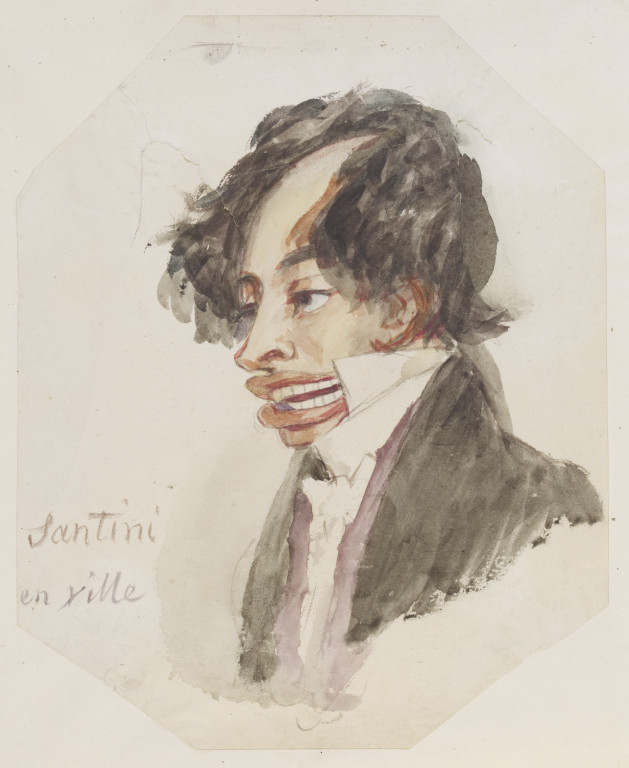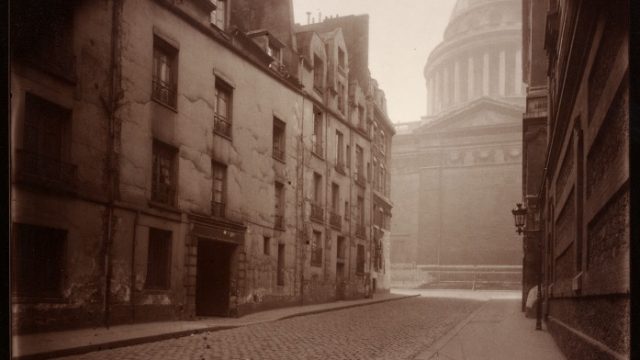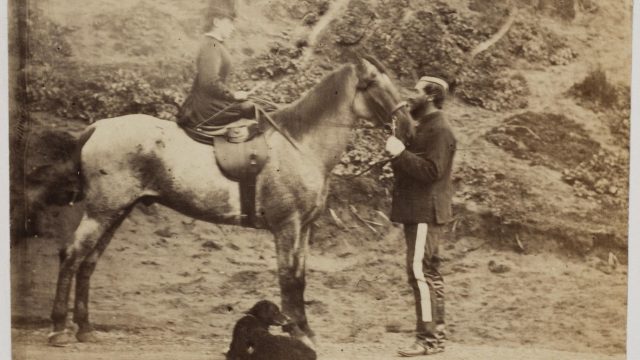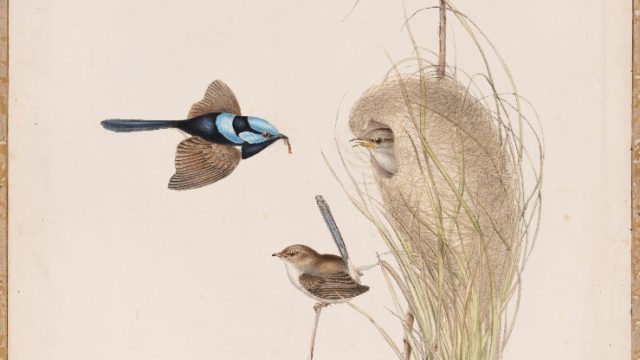After moving to England with his family in the late 18th century, the Swiss painter Alfred Edward Chalon quickly made a name for himself as a portraitist. He enrolled in the Royal Academy in 1797, primarily specialising in watercolour portrait miniatures, like this one.
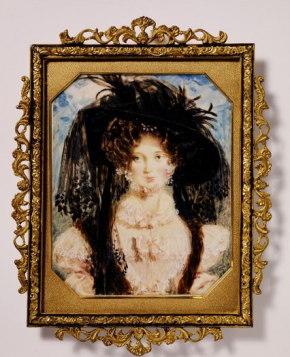
Chalon’s flattering use of light, as well as his emphasis on contemporary fashions, made him an attractive choice for wealthy ladies looking to commission a portrait of themselves in their finery. Through his frequent depictions of members of the English upper class, Chalon even gained the attention of Queen Victoria. In 1837, she asked him to memorialise her first visit to the House of Lords in a painting that would be a gift to her mother, the Duchess of Kent. You may be familiar with this portrait, as a detail of it was reproduced on postage stamps issued first in Canada, and then in many of its colonies in the 19th century. After the success of his painting, Chalon was appointed to the role of ‘Portrait Painter in Watercolour to Her Majesty.’
Knowing this about him, I went into the stores to take a look at some of his earlier drawings, which I expected to be quite elegant studies of wealthy, well-dressed ladies. Instead, I was very surprised to find sketches that were more like caricatures!
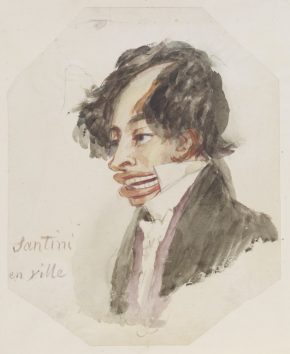
In the mid-19th century, a few years before his discovery by Queen Victoria, Chalon must have spent a great deal of time sketching the rehearsals and performances of popular touring operas. The Prints and Drawings Collection holds many of these vibrantly expressive drawings of well-known figures of the day. In this drawing, the name ‘Santini’ probably refers to Vincenzo-Felici Santini, who made his debut in the opera Semiramide in 1830. In a review of this production, it was stated that with ‘the pulling of fee-fa-fum faces, Signor Santini contrived to make himself very diverting.’[1] It certainly seems that his facial expressions were amusing enough for Chalon to emphasise in his drawing.
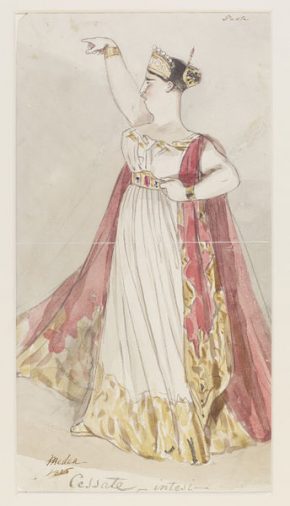
Here, Chalon has captured the soprano Giuditta Pasta in the title role of the opera Medea in Corinto, which was presented in London in 1826. It was a role that Madame Pasta would play multiple times, and to great acclaim. A full ten years after her London premiere as Medea, it was reported that ‘at the termination of the opera, Mme. Pasta stepped forward and received the usual hurricane of applause with her customary cordial and graceful ease.’[2] Indeed, Chalon’s sketch gives the impression of a very powerful stage presence.
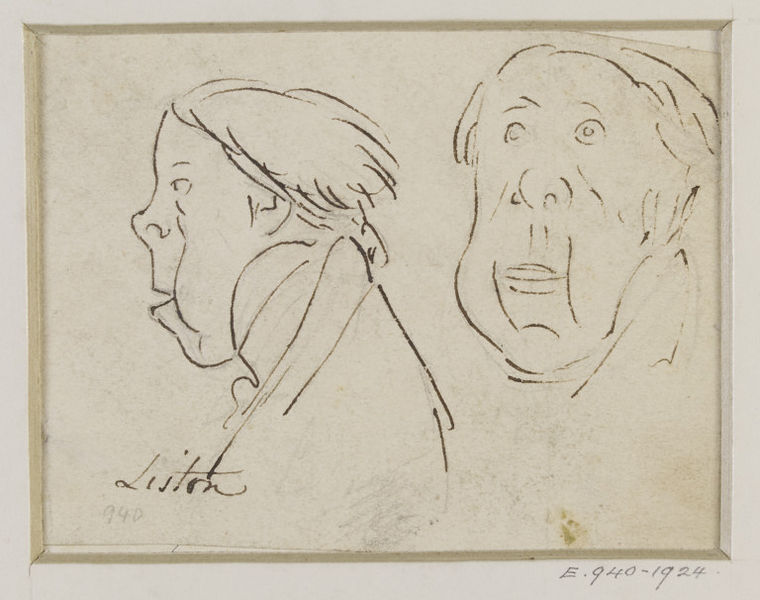
Using pen and ink instead of his customary watercolours, Chalon captured the likeness of the English comedian John Liston. After enduring a number of failures in tragic roles, Liston finally found success as a comic in 1825.

Slightly less well-received was the work of a Miss Emma Sarah Love, who reportedly made the audience ‘suffer’ through her performance in the role of Ophelia.[3]
These caricatures have been a source of much amusement to me, just as they must have been to Chalon and those whom he allowed to see his sketches. Additionally, they are an invaluable record of performances that might otherwise only be known through historical newspaper reviews. I’ll leave you with a few more images, and links to more information about the theatrical and operatic figures that they depict:
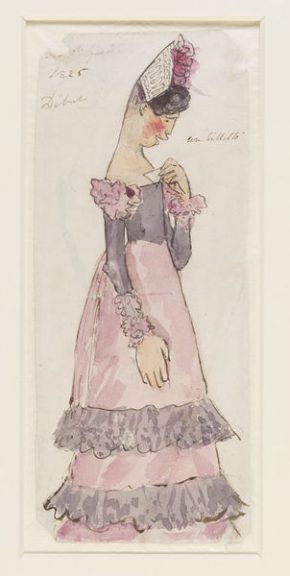

[1] ‘The Opera,’ The Spectator, 13 February 1830, p. 9.
[2] ‘King’s Theatre,’ The Musical World, vol. 6, 1837, p. 78.
[3] ‘English Theatricals: Drury Lane,’ La Belle Assemblée, Jan – Jun 1828, p. 42.
